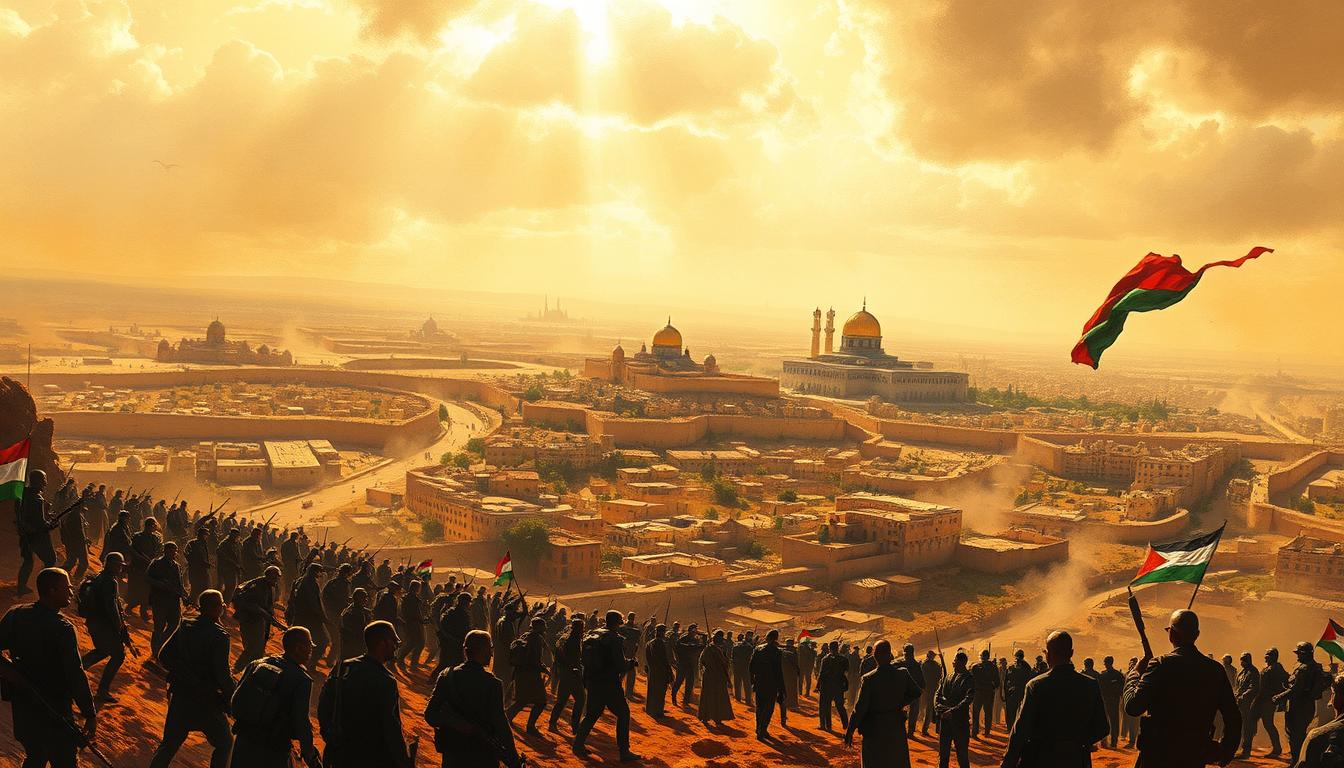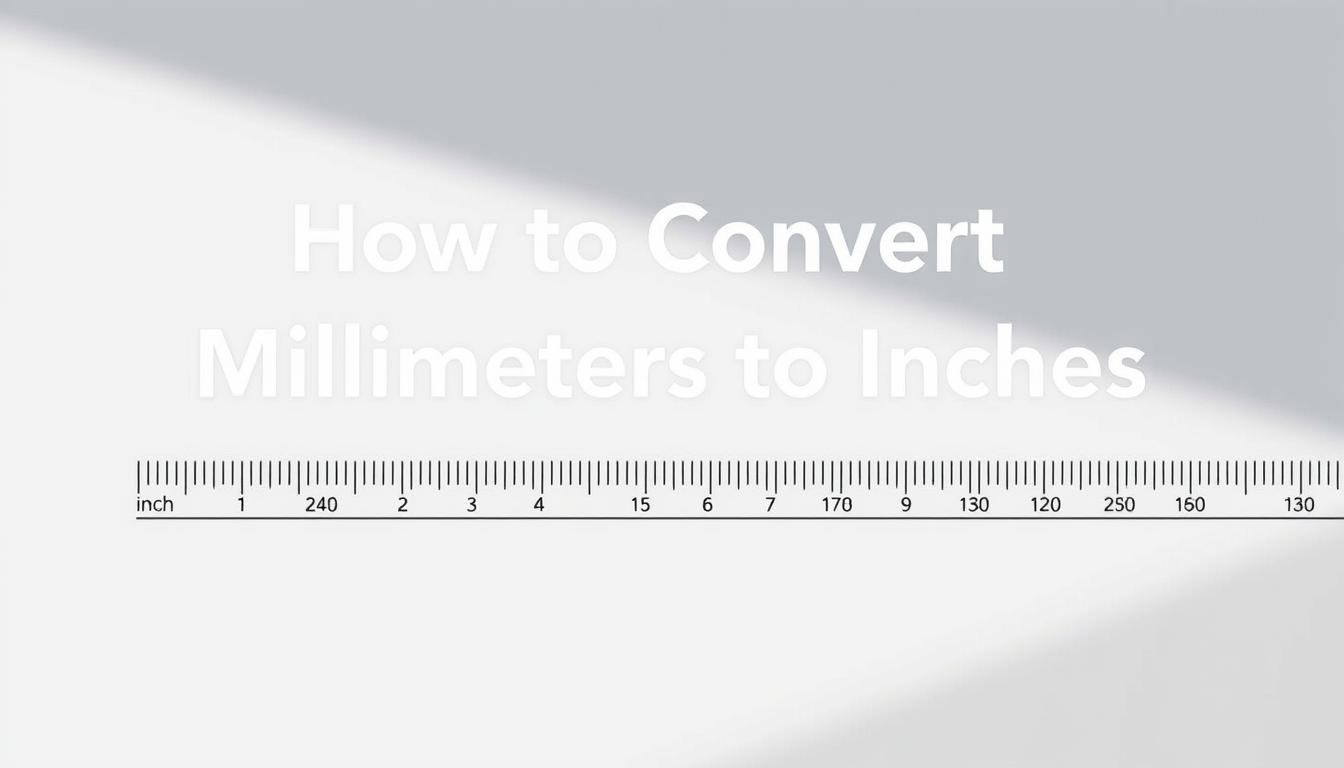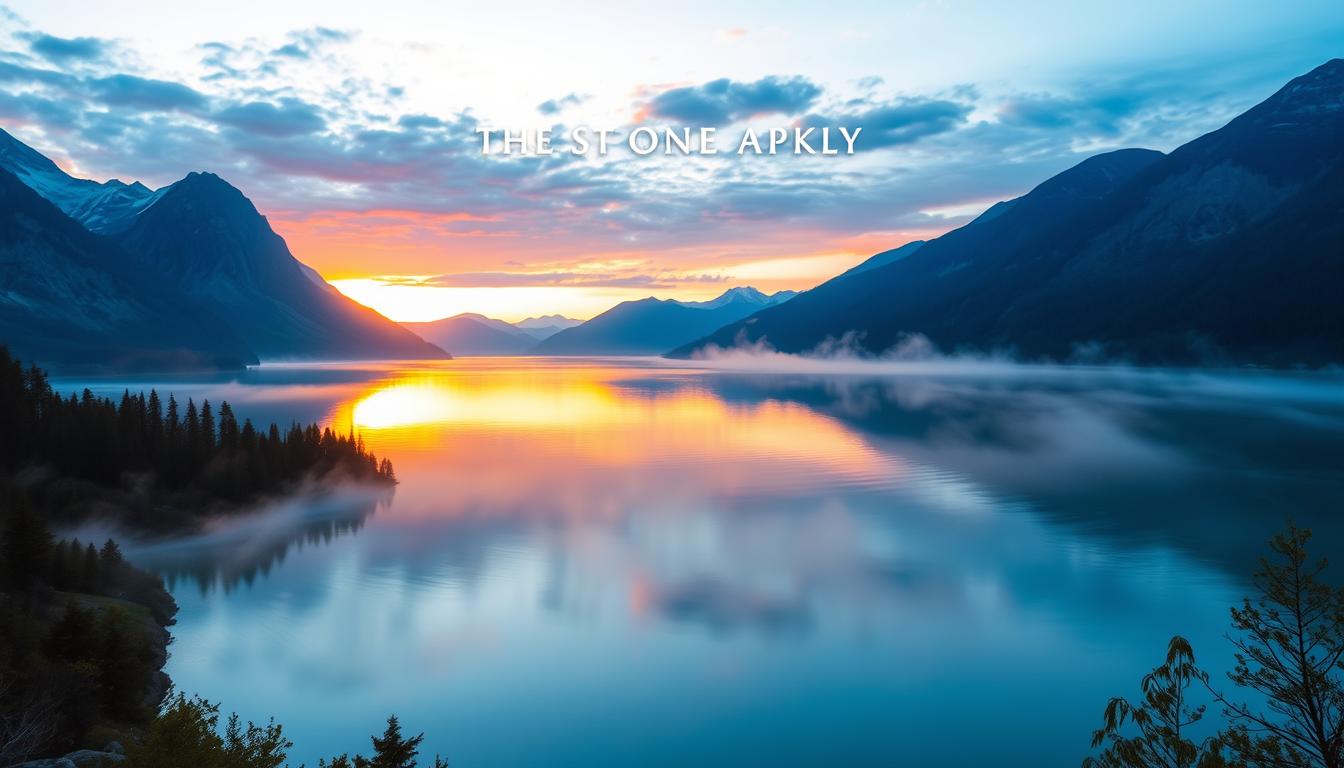Which side is “right” in the Israel-Palestine conflict?
The Israel-Palestine conflict is one of the most complex geopolitical disputes in modern history. It involves historical, territorial, and religious tensions between Israelis and Palestinians1. By 1947, the Jewish population in Palestine had grown to 630,000, about 30% of the total1.
The conflict’s roots are deep, with events like the 1948 Arab-Israeli war changing the region1. This war displaced about 750,000 Palestinians, an event known as the Nakba (Catastrophe)1.
On October 7, 2023, Hamas attacked Israel, killing about 1,200 people and taking over 250 hostages12. The conflict has since grown worse, with terrible results for both sides2.
Poin-poin Utama
- The Israel-Palestine conflict is multifaceted, involving historical, territorial, and religious dimensions
- Both Israeli and Palestinian perspectives contribute to the complex narrative
- Significant displacement and loss of life have occurred on both sides
- The conflict continues to evolve with ongoing tensions and military actions
- International attention remains focused on finding a peaceful resolution
Historical Background of the Israeli-Palestinian Dispute
The Israeli-Palestinian conflict’s roots go back to the early 20th century. It’s shaped by competing narratives and territorial disputes. These factors continue to influence geopolitics today3.
Origins of the Conflict Before 1948
The conflict began during the late Ottoman period and British Mandate. Jewish immigration to Palestine increased over time. By 1947, the Jewish population had grown from 6% to 33%3.
The 1917 Balfour Declaration was a key moment. It recognized Jewish national aspirations in the region4.
Formation of Israel and the First Arab-Israeli War
In 1947, the UN proposed a plan to divide Palestine. It allocated 55% to Jews and 45% to Arabs3.
The 1948 Arab-Israeli War followed. It forced 700,000-800,000 Palestinian Arabs from their homes4.
- Approximately 6,373 Israelis were killed
- Between 13,000-16,000 Palestinians lost their lives
- The conflict dramatically reshaped regional demographics
Key Historical Events Shaping Modern Tensions
The 1967 Six-Day War was another turning point. Israel captured the West Bank, Gaza Strip, and East Jerusalem4.
This led to disputes about West Bank settlements dan Gaza Strip blockade. It also complicated the right of return for Palestinian refugees3.
Jerusalem’s status remains unresolved. Both sides claim historical and religious ties to the city. These events fuel the ongoing Israeli-Palestinian conflict5.
Critical Issues Fueling the Ongoing Conflict
The Israel-Palestine conflict stems from complex security concerns Dan land disputes. Palestinian communities face displacement and territorial constraints. Over 700,000 Jewish settlers now live in the West Bank and East Jerusalem6.
Jerusalem’s status is a major flashpoint. Both sides claim it as their capital. The Palestinian political landscape is split between Hamas in Gaza and Fatah in the West Bank7.
The refugee crisis is a huge humanitarian challenge. Six million Palestinian refugees live in 58 camps across Palestine and nearby countries6. Generations of displacement have caused deep-rooted issues.
Itu right of return remains a sensitive topic. International legal frameworks still debate this. Economic and political inequality is most visible in regions like Gaza7.
Settlement expansion causes significant tension. Most Israeli parliament members support annexing West Bank territories7. These settlements, illegal under international law, impact Palestinian communities.
The ongoing conflict creates daily challenges. Both populations face insecurity, violence, and economic hardship7. These issues continue to hinder peace efforts in the region.
Tanya Jawab Umum
What is the Israel-Palestine conflict about?
When did the conflict originally begin?
Why is Jerusalem so important to both sides?
What are Israeli settlements, and why are they controversial?
What is the Gaza Strip blockade?
What is the “Right of Return” for Palestinian refugees?
Has there been any progress towards peace?
What role do international organizations play in the conflict?
Tautan Sumber
- Israel and the Palestinians: History of the conflict explained – https://www.bbc.com/news/newsbeat-44124396
- Israel or Palestine: Do you have to pick a side? – https://ethics.org.au/israel-or-palestine-do-you-have-to-pick-a-side/
- A brief history of Israel-Palestine conflict in 10 maps – https://www.aljazeera.com/news/2023/11/27/palestine-and-israel-brief-history-maps-and-charts
- Timeline: Key Events in the Israel-Arab and Israeli-Palestinian Conflict – https://www.ajc.org/IsraelConflictTimeline
- Konflik Israel-Palestina – https://en.wikipedia.org/wiki/Israeli–Palestinian_conflict
- What’s the Israel-Palestine conflict about? A simple guide – https://www.aljazeera.com/news/2023/10/9/whats-the-israel-palestine-conflict-about-a-simple-guide
- On the Israeli-Palestinian conflict, practical steps are more important than grand visions – https://www.brookings.edu/articles/on-the-israeli-palestinian-conflict-practical-steps-are-more-important-than-grand-visions/
video terbaru
berita melalui kotak masuk
Tidak ada pembahasan dalam kursus ini. Integer libero euismod pretium faucibua








